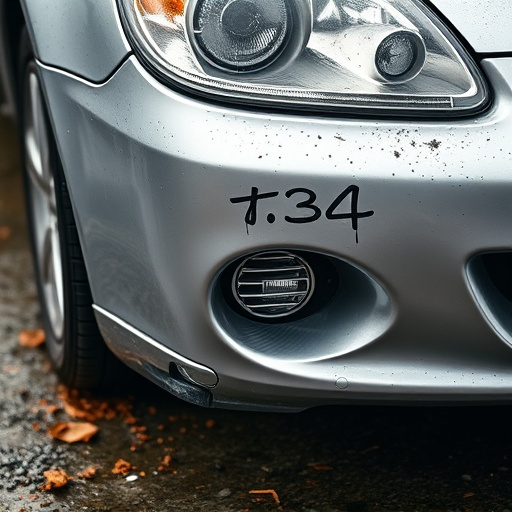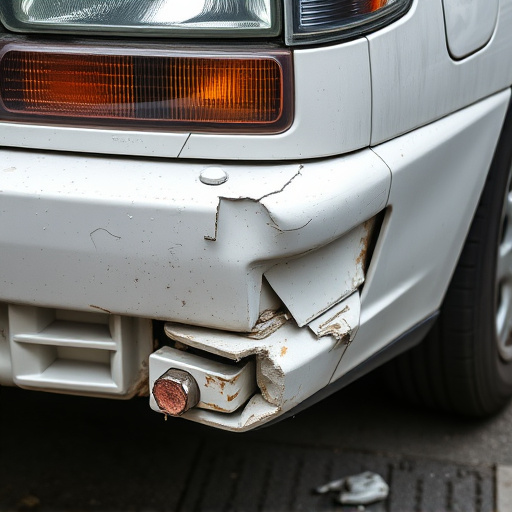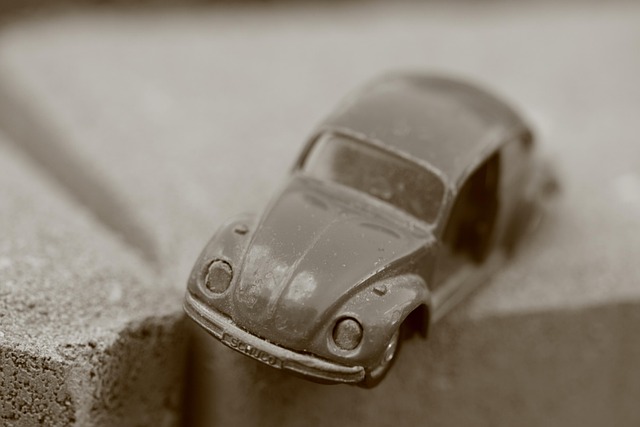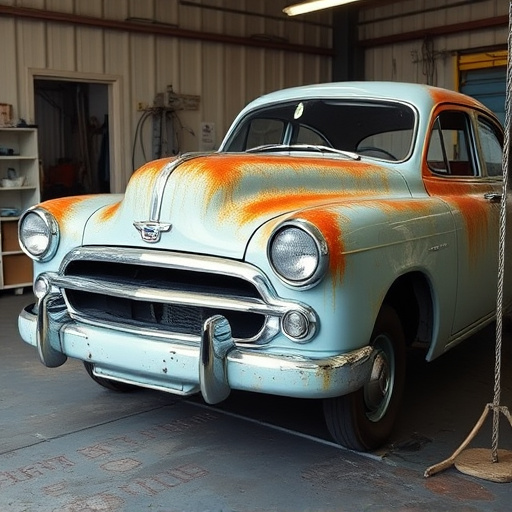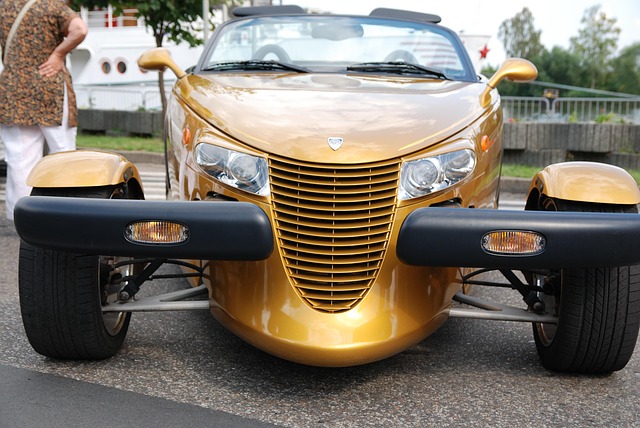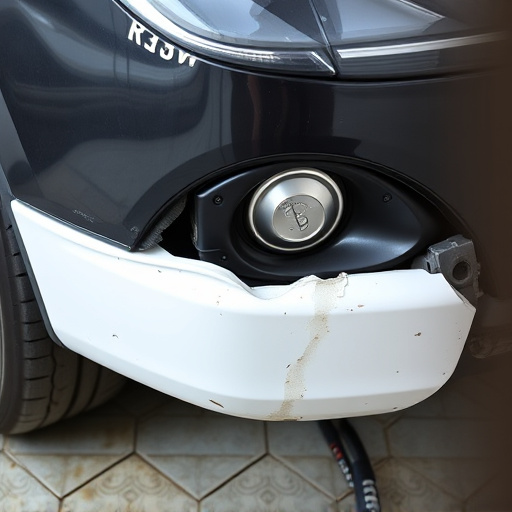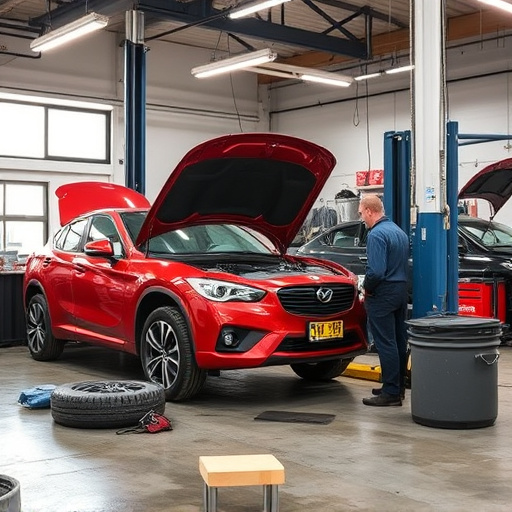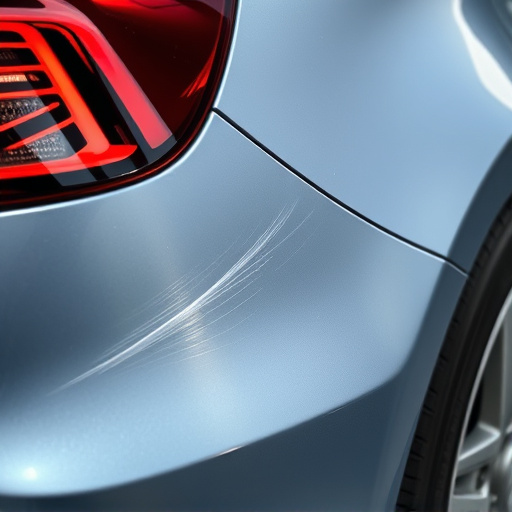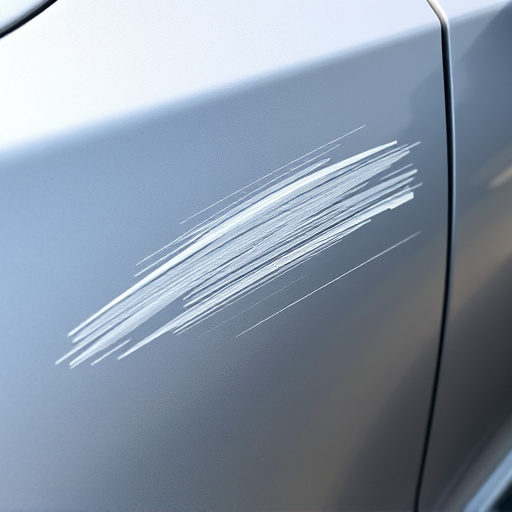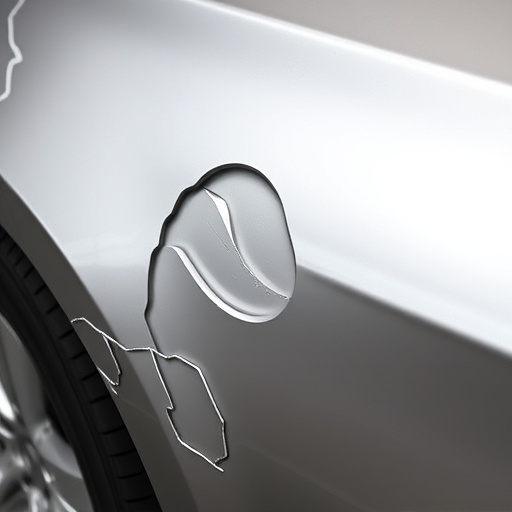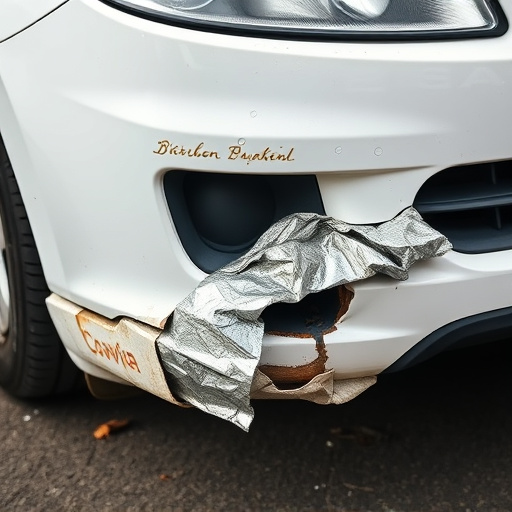The Mercedes rear light assembly is a critical component for safety and aesthetics, requiring precise alignment and fitment during repair or restoration to maintain bodywork integrity and vehicle design harmony. Common issues include misalignment, gaps, and poor seals, necessitating meticulous detail work for troubleshooting, especially after damage from dent removal or fleet services. Consulting technicians or detailed tutorials prevents fitment errors, ensuring seamless integration of rear light assemblies into Mercedes bodywork services.
When it comes to maintaining the sleek and safe functionality of your Mercedes’ rear light assembly, alignment and fitment are key. This comprehensive guide delves into the intricate components of your Mercedes rear light assembly, equipping you with the knowledge to achieve perfect alignment. We’ll walk you through meticulous measuring and adjustments, as well as provide troubleshooting tips for common issues, ensuring your Mercedes’ rear lights function optimally and maintain its distinctive style.
- Understanding Mercedes Rear Light Assembly Components
- Measuring and Adjusting Alignment for Perfect Fitment
- Troubleshooting Common Alignment and Fitment Issues
Understanding Mercedes Rear Light Assembly Components
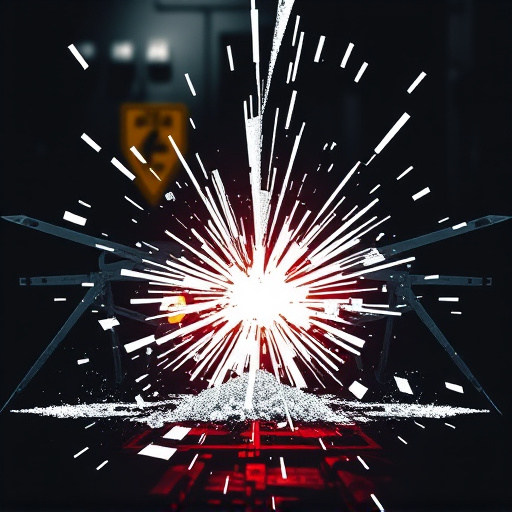
The Mercedes rear light assembly is a complex component that contributes significantly to the overall safety and aesthetic appeal of your vehicle. It comprises several key parts, each playing a vital role in its functionality. The assembly includes the actual rear lights, housing the LED or halogen bulbs, as well as various support structures, reflectors, and lenses. These elements work together to ensure optimal light distribution, enhancing visibility during nighttime driving.
Understanding these components is crucial for anyone involved in automotive collision repair or classic car restoration. Proper alignment and fitment of the rear light assembly not only ensures legal compliance with lighting standards but also preserves the integrity of your car’s bodywork. It’s important to pay close attention to details like bulb placement, lens clarity, and reflective surfaces to achieve a seamless integration that complements your vehicle’s design.
Measuring and Adjusting Alignment for Perfect Fitment

Perfect fitment for your Mercedes rear light assembly starts with precise measurement and alignment. Before installing or replacing any components, ensure that all parts are correctly aligned to avoid any gaps or misalignments. Use a measuring tape to check the distance between the lights and the car’s body, making sure they align perfectly. Additionally, adjust the angle of the lights according to the vehicle manufacturer’s specifications for optimal visibility and legal compliance.
When dealing with Mercedes rear light assemblies, it’s crucial to understand that slight adjustments can significantly impact the overall fitment. Consider using alignment tools designed specifically for automotive repairs to ensure accuracy. If you’re addressing any prior damage or misalignment from a car dent repair or fleet repair services, these steps become even more critical. Proper alignment not only enhances the aesthetics but also guarantees the safety feature of your vehicle’s lights, especially during an automotive repair process.
Troubleshooting Common Alignment and Fitment Issues

Many car owners encounter alignment and fitment issues with their Mercedes rear light assemblies, often leading to an unsafe driving experience and unsightly aesthetics. The key to success lies in meticulous attention to detail during installation or replacement. Common problems include misaligned lights, gaps between the assembly and vehicle body, or a poor seal that compromises water resistance.
Troubleshooting these issues requires a systematic approach. First, inspect the assembly for any signs of damage or distortion. Ensure the brackets are securely fastened to the vehicle’s chassis. Check the positioning of the rear lights themselves—they should be level and parallel to the road. In cases of significant misalignment, adjustments to the mounting hardware might be necessary. For those tackling a classic car restoration, or engaging in vehicle body repair for any Mercedes model, seeking guidance from experienced technicians or referring to detailed tutorials can prevent common fitment errors, ensuring a seamless integration of the rear light assembly into the car’s bodywork services.
When aligning and fitting your Mercedes rear light assembly, precise measurements and adjustments are key. By understanding the components and following the provided tips, you can ensure a perfect fit every time. Troubleshooting common issues will help you identify and resolve problems quickly, maintaining the integrity and aesthetic appeal of your Mercedes’ rear lighting system. Remember, a well-aligned rear light assembly not only enhances safety but also adds to the overall sleek design of your vehicle.
